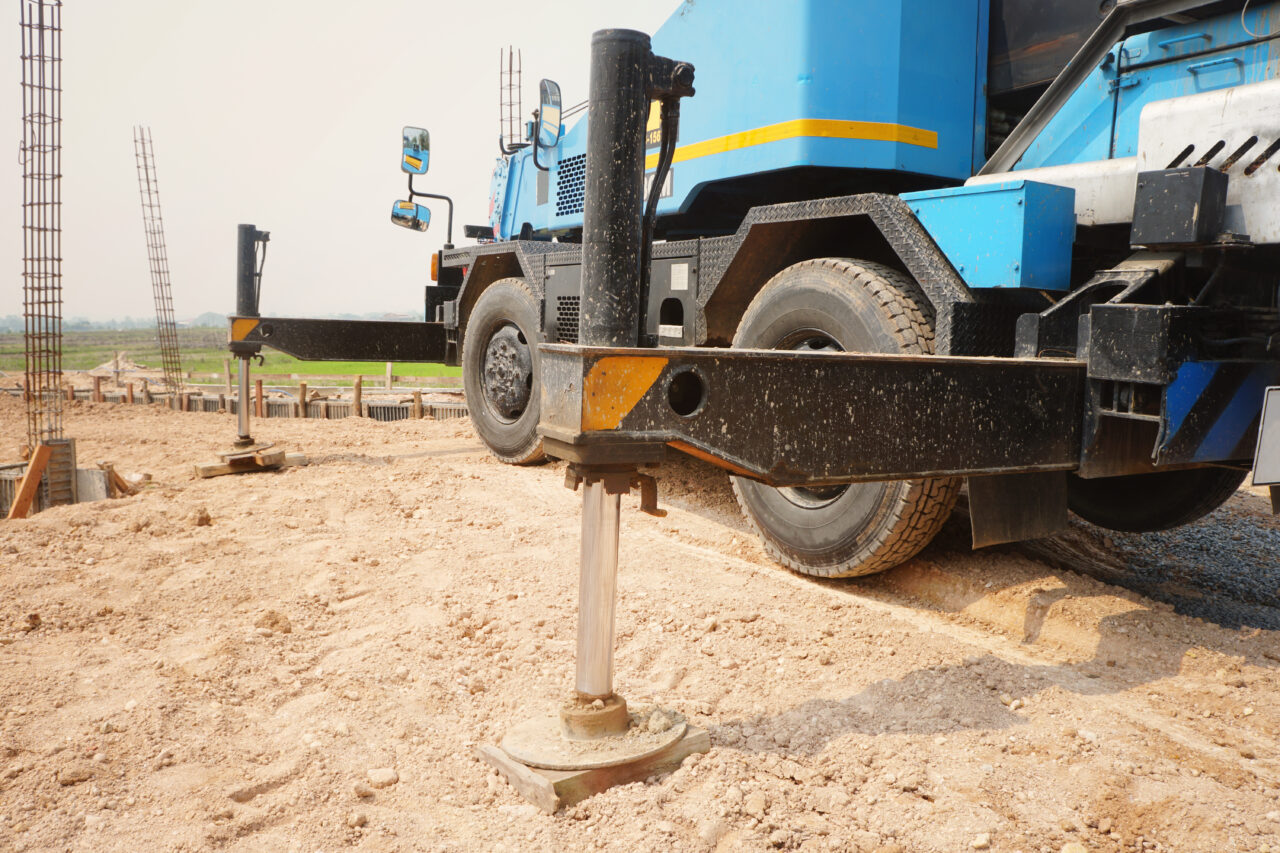
Construction projects are like puzzles, with each piece carefully placed to build something grand. But what happens when you need to move a piece that weighs several tons? That’s where cranes come in. So, rough terrain cranes vs all-terrain cranes, which one is better? These mighty machines make the impossible possible, quickly lifting and moving heavy loads. However, with so many different types of cranes, finding the right one for your project can feel like searching for a needle in a haystack. The same is the case with structural shoring solutions.
Rough Terrain Cranes vs All-Terrain Cranes
Rough terrain and all-terrain cranes are two popular options that often get compared. So, let’s figure out how to choose the perfect one for your next project!
What are Rough Terrain Cranes?
Rough terrain cranes are the go-to equipment for operating on rough and uneven terrains. Unlike regular cranes, they’re specifically designed to tackle challenging terrains that are often off-road, thanks to their self-propelling mechanism and a reliable four-wheel steering system. Due to their excellent off-road capabilities, these cranes are usually preferred for construction projects that require heavy lifting in harsh terrains.
What are All-Terrain Cranes?
On the other hand, all-terrain cranes are meant to operate on rough and smooth terrains. They have large, multi-axle tires allowing them to traverse different landscapes. Their mobility and self-propulsion also make them ideal for various construction projects.
Factors to Consider When Choosing a Crane
The type of crane you choose for your project depends on several factors. These include:
- The Terrain: A rough terrain crane would be the ideal choice if your construction project involves rough terrain. Meanwhile, an all-terrain crane would be more suitable if your project involves rough and smooth terrains.
- The Load Capacity: The crane’s load capacity is another essential factor to consider. For projects requiring lifting heavy loads, you need a crane with a high load capacity. All-terrain cranes typically have a higher load capacity than rough-terrain cranes.
- The Height: The height of the project also determines the type of crane you choose. Again, all-terrain cranes have a higher maximum lifting height than rough-terrain cranes.
- Structural Shoring Solutions: Your project might also require some structural shoring solutions to ensure the safety of your crew and the surrounding area. Shoring refers to supporting a building or structure with temporary structures such as braces and beams. Different types of shoring are available, such as timber shoring, hydraulic shoring, and steel shoring. The type of shoring you need might affect your crane choice. For instance, if you need steel shoring, you may need a crane with a higher load capacity to lift and position the heavy steel beams and frames in place.
Sheedy Crane Rental and Structural Shoring Solutions
When it comes to heavy lift rigging and construction projects, Sheedy is a name you can trust in the San Francisco area. We offer rental services for rough and all-terrain cranes to meet all your lifting needs.
At Sheedy, we also understand that each construction project has unique requirements and challenges. That’s why we provide a range of structural shoring solutions to ensure your project’s safety and success. Our highly skilled engineers can help you choose from different types of shoring, depending on your requirements. Plus, we can design and install custom shoring solutions to meet your specific needs.
Contact us today to learn more about our rental crane services and structural shoring solutions!
